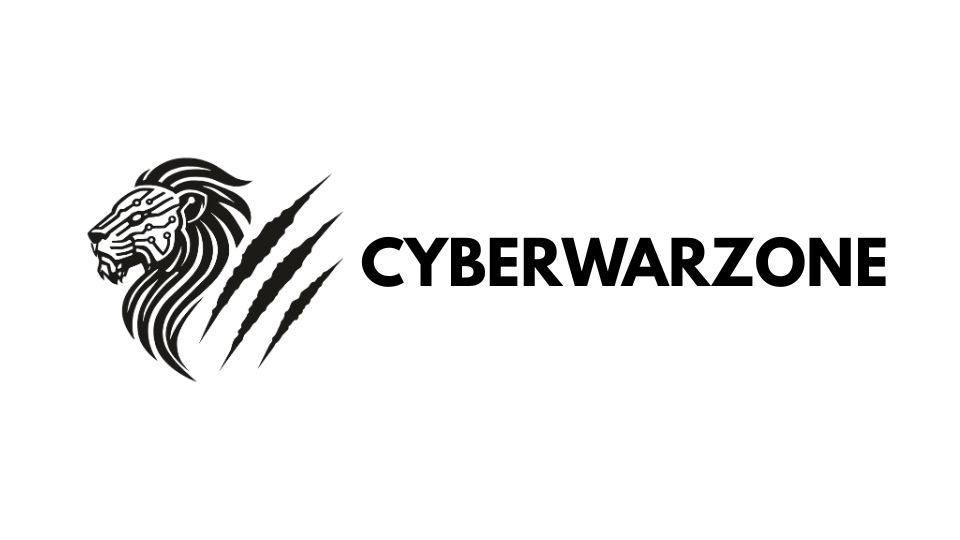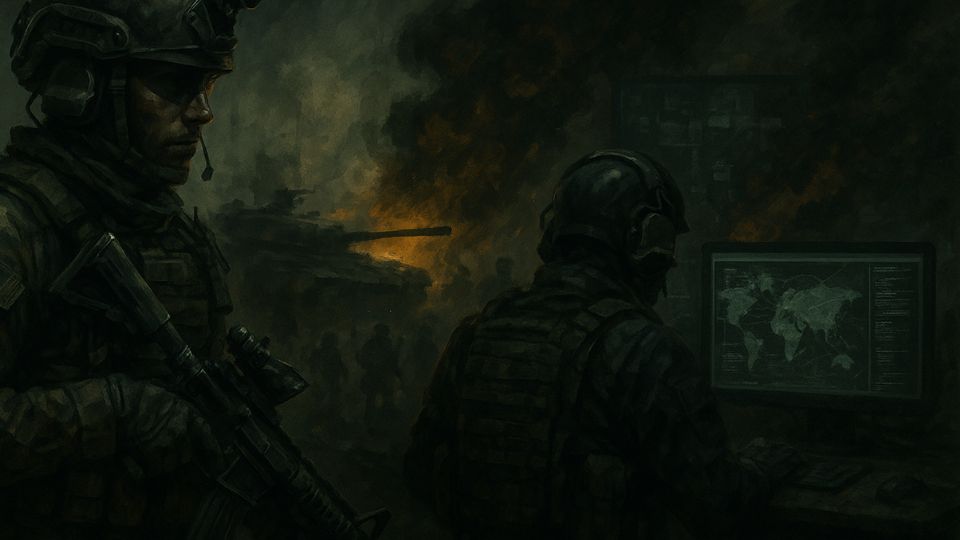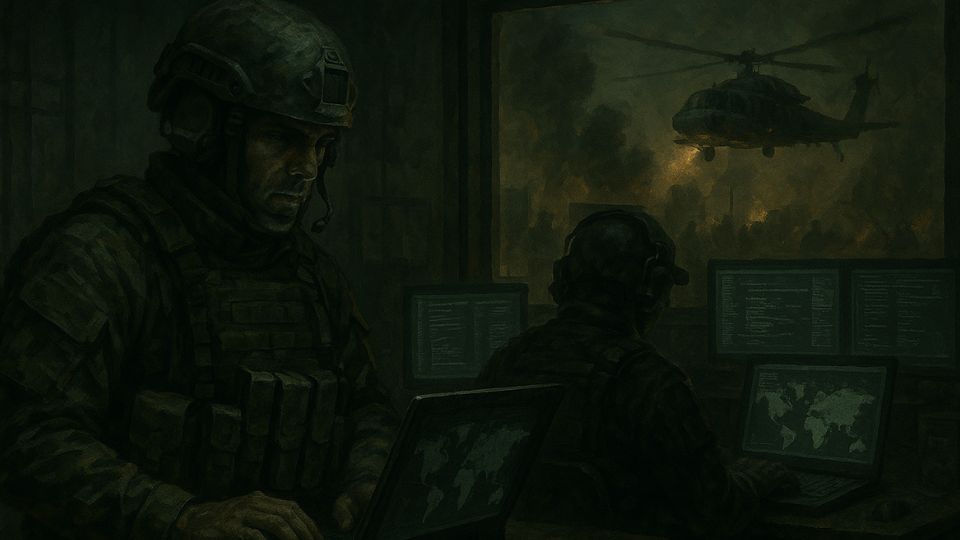Russia and China Adapt to U.S. ‘War-Winning’ Cyber Posture
Strategic recalibrations in Moscow and Beijing signal a new phase of digital confrontation
Russia and China are recalibrating their cyber warfare strategies in response to the U.S. military’s “war-winning” doctrine — a shift emphasizing faster, offensive, and integrated multi-domain conflict capabilities that blend digital, space, and kinetic operations.
U.S. Doctrine Sparks Global Reactions
The Pentagon’s latest doctrine moves away from protracted deterrence and toward decisive, rapid conflict readiness. Reuters reported that both Moscow and Beijing are rethinking their strategies to counter Washington’s enhanced integration of cyber, space, and electronic warfare assets. Analysts at the Center for Strategic and International Studies say this doctrine marks a major evolution: cyber capabilities are no longer “support functions” but core to U.S. offensive readiness. This development has effectively triggered a global recalibration — adversaries now see the digital domain as the first battleground, not a secondary arena.
Russia Emphasizes Disruption and Control
Moscow’s evolving doctrine prioritizes disruption over espionage. Russian cyber units increasingly focus on critical infrastructure and defense networks, often integrating operations with disinformation and electromagnetic interference. The NATO StratCom Centre of Excellence describes this hybrid approach as “information confrontation” — combining propaganda, cyber sabotage, and tactical electronic warfare. Recent intelligence indicates Russian operators are refining “denial” tactics aimed at delaying adversary command decisions rather than causing long-term damage. This mirrors campaigns seen during the 2024–2025 energy grid intrusions, where short bursts of system paralysis were used to send deterrence signals. Such tactics align with patterns observed in earlier Cyberwarzone coverage of infrastructure attacks, showing an operational shift from data theft to temporary control seizures.
China Focuses on Strategic Erosion
Beijing’s strategy takes a different tone — preferring persistent low-intensity operations over large-scale cyber offensives. The People’s Liberation Army (PLA) views cyber operations as part of a long-term “gray zone” campaign — blurring lines between peace and conflict while shaping foreign behavior through subtle, sustained pressure. The Foreign Policy Research Institute noted that China is applying lessons from Ukraine’s digital battlefield to its Indo-Pacific planning. This includes AI-enhanced reconnaissance, civilian-military tech fusion, and deeper integration of cyber with electronic warfare units. Analysts also point to Beijing’s “Three Warfares” doctrine — psychological, legal, and public opinion warfare — now fully extended into cyberspace. These efforts aim not to destroy but to erode the will and credibility of rival states, particularly through strategic data leaks, influence operations, and targeted disinformation. An internal intelligence report cited by The Cipher Brief described this posture as “slow-burn coercion” — a strategy that destabilizes rivals without triggering direct confrontation. This trend echoes China’s influence in supply chain manipulation and cyber espionage campaigns documented in past Cyberwarzone investigations of global breaches.
Table: Contrasting Cyber Conflict Postures
| Strategic Feature | Russia | China |
|---|---|---|
| Primary Objective | Disruption and deterrence through control | Gradual erosion of opponent capability |
| Preferred Domain | Energy, defense, communication infrastructure | Industrial, diplomatic, and commercial systems |
| Operational Style | High-risk, hybrid, denial-based attacks | Low-intensity, persistent infiltration |
| Escalation Risk | Accepts escalation ambiguity | Seeks plausible deniability |
| Integration Level | Heavy coordination with kinetic ops | Long-term integration via civil-military fusion |
Growing Cooperation Without Formal Alliance
Though their cooperation is tactical rather than institutional, Russia and China are sharing methodologies and technical frameworks. The Center for European Policy Analysis found that both powers conduct joint research in AI-enabled cyber capabilities and electronic warfare, while keeping strategic autonomy intact. Military analysts describe this as a “convergence of purpose” — both nations aim to counterbalance U.S. influence without binding themselves into a traditional alliance. In parallel, U.S. officials warn that combined Russian-Chinese advances in AI and cyber-defense bypass existing deterrence models, increasing the risk of escalatory entrapment — where automated retaliation systems could trigger unintended conflict.
Escalation and the AI Factor
As the United States incorporates autonomous decision-making tools into defense systems, adversaries are exploring their own versions. The academic paper Military AI Cyber Agents (MAICAs) on arXiv warns of “autonomous escalation” — attacks initiated or countered by AI systems without human oversight. This technological race compresses the decision window in crisis scenarios and complicates attribution — raising the risk of rapid cyber-to-kinetic spillover.
Russia and China’s adaptation to the U.S. ‘war-winning’ posture illustrates a shifting battlefield — where digital warfare, AI autonomy, and hybrid tactics merge into one domain of modern power. Each side seeks advantage not through brute force but through timing, speed, and control of the digital spectrum.









